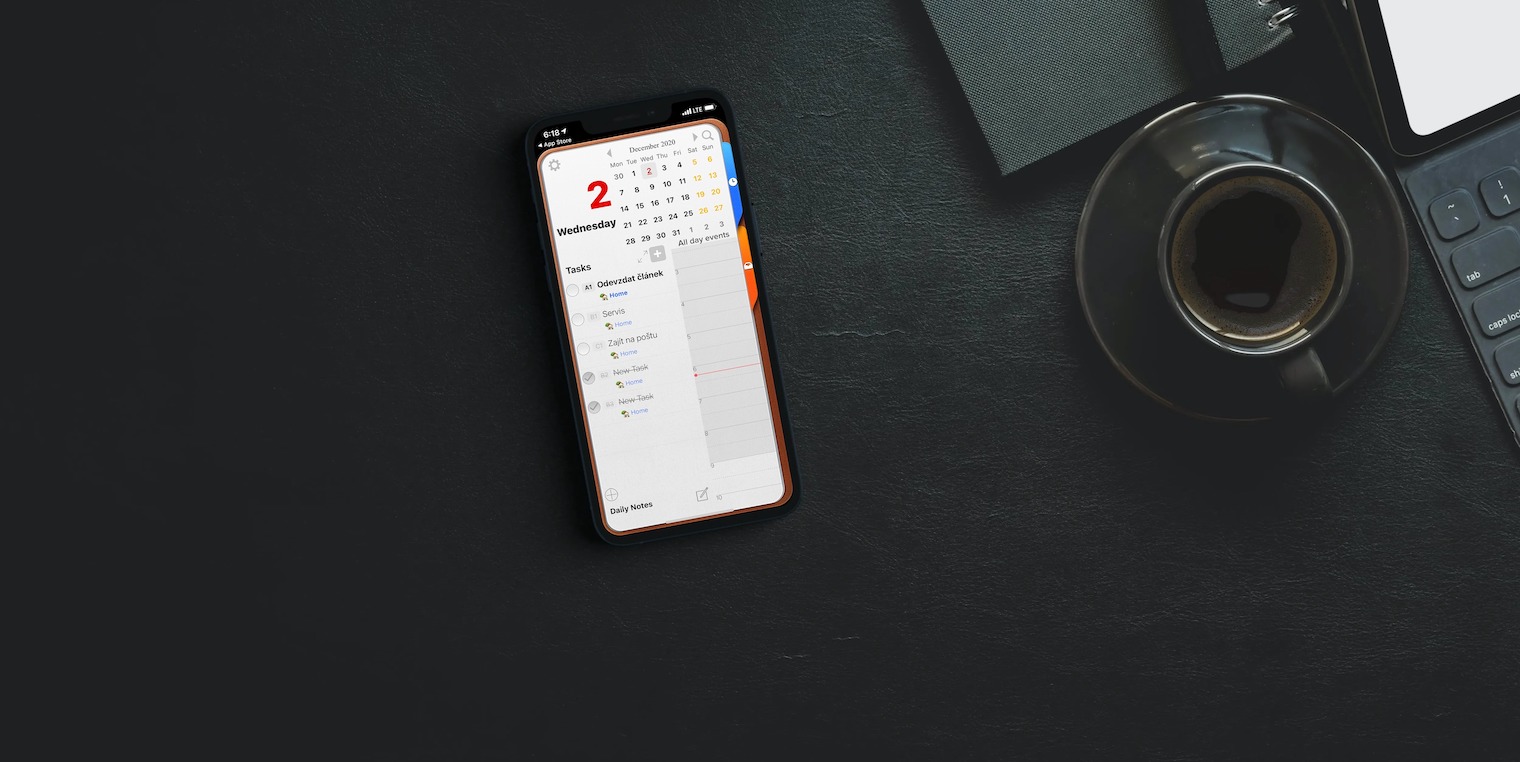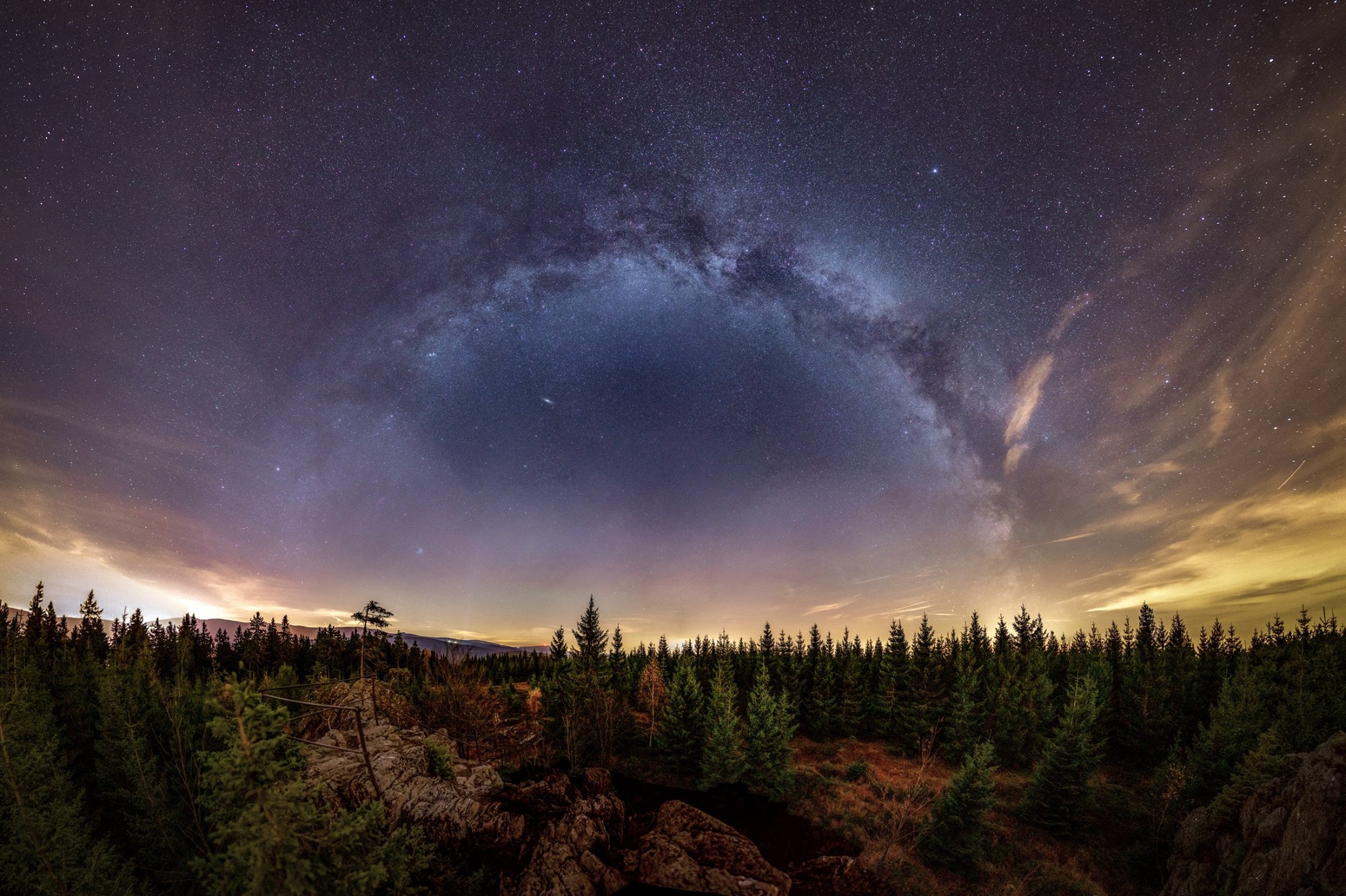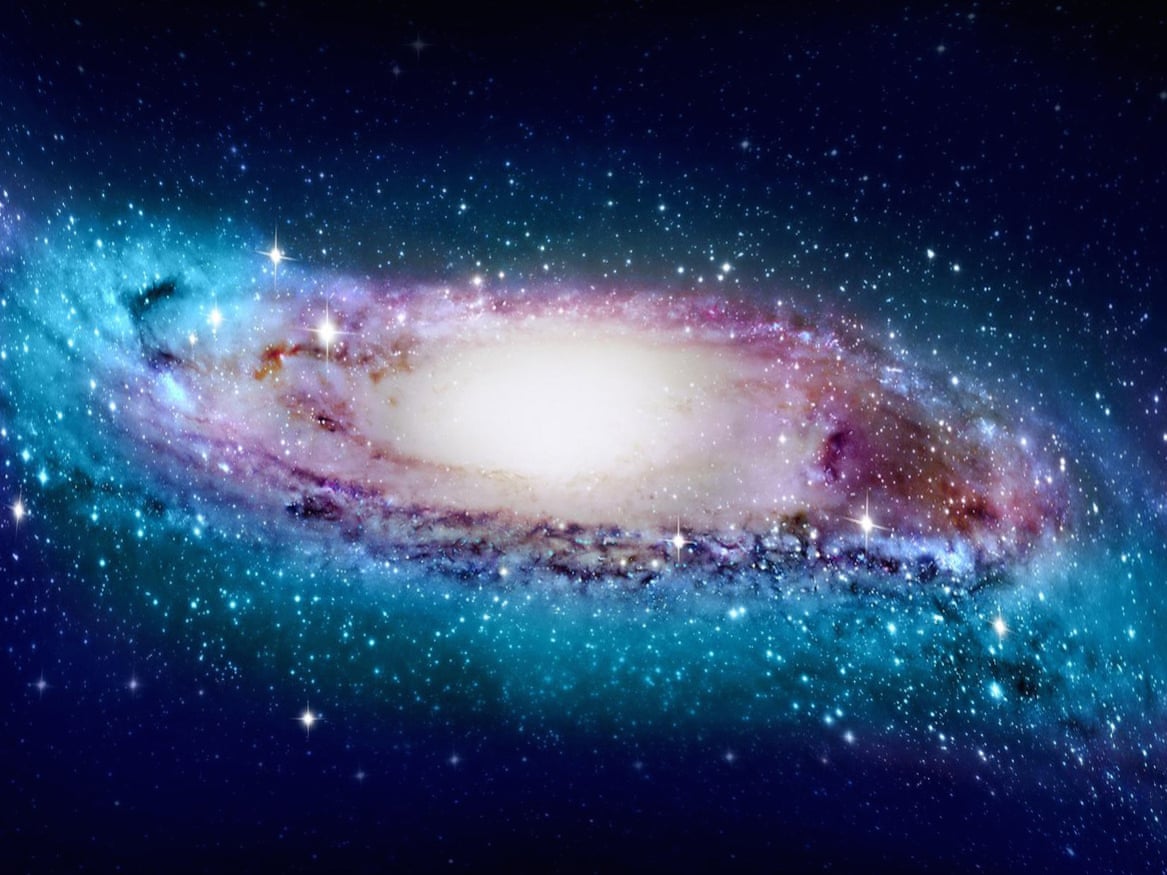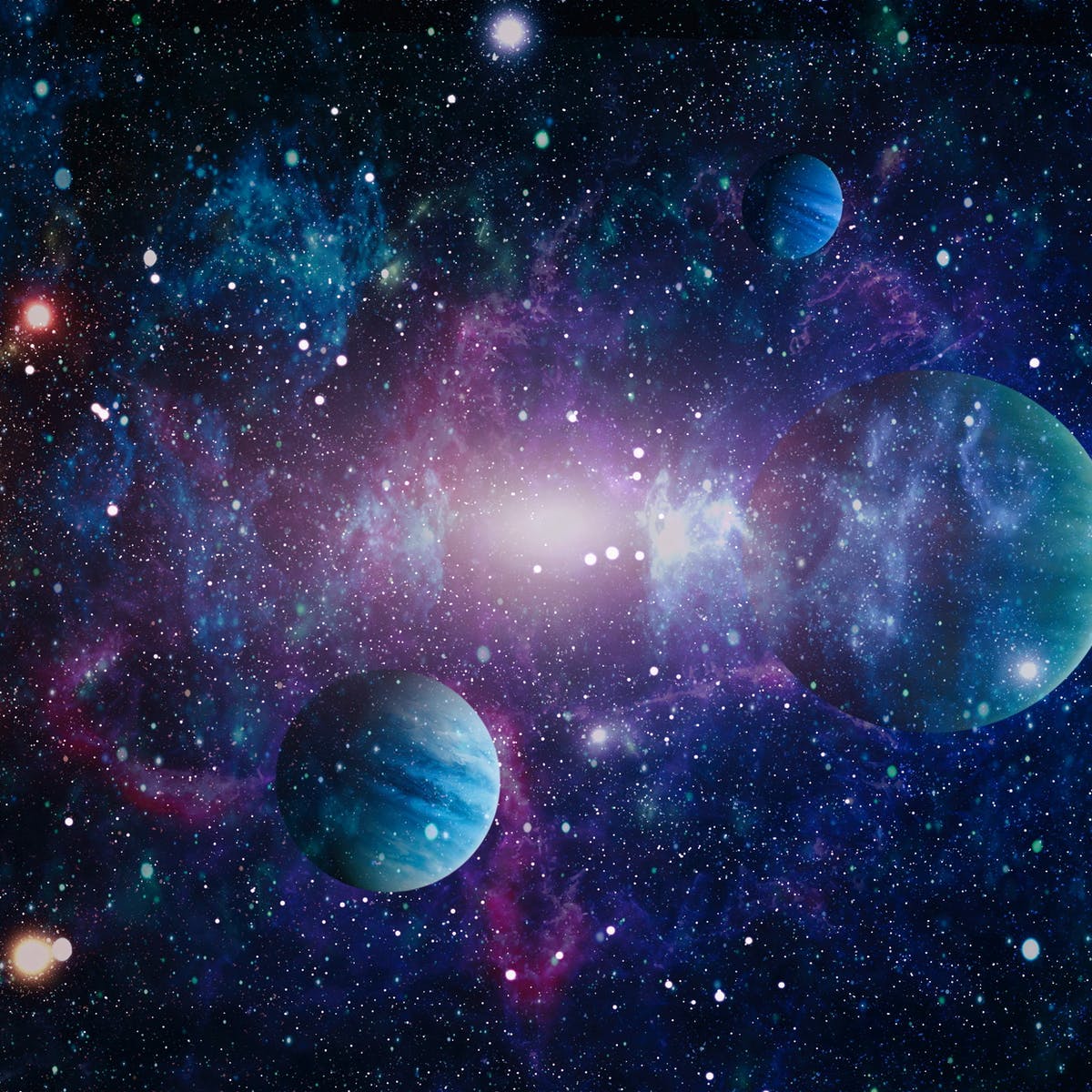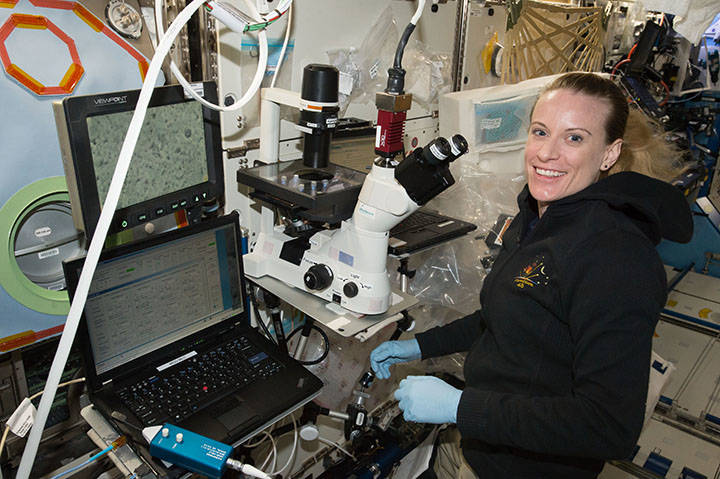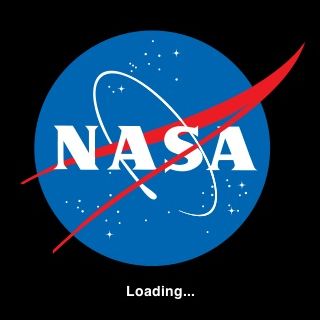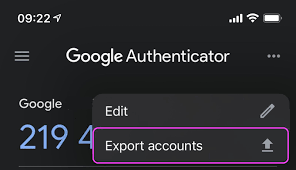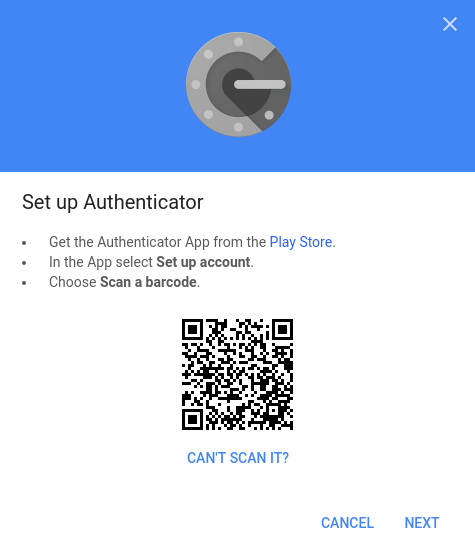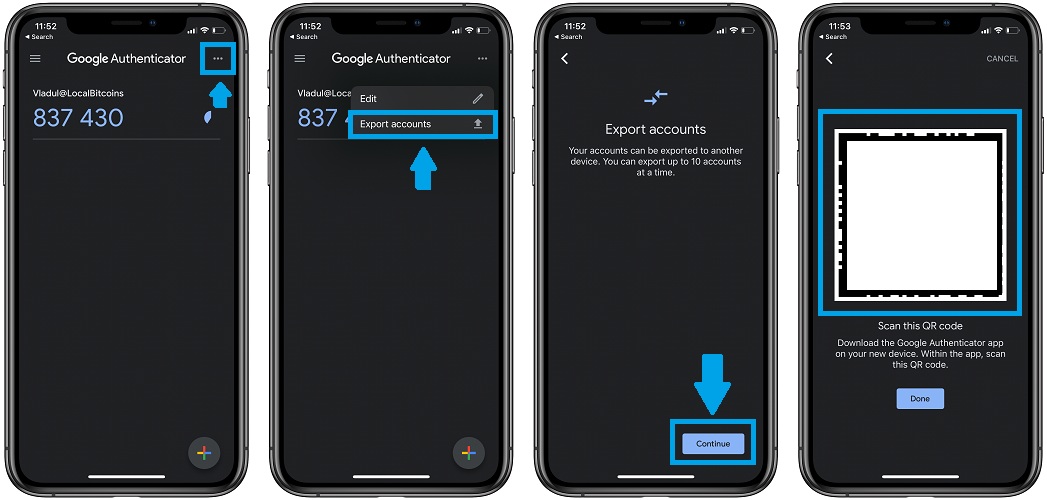It's the end of another crazy week, which inevitably means some of the deep space news that's been popping up like mushrooms lately. And it is no wonder, technologies significantly contribute to a more detailed knowledge of the immeasurable darkness around us and at the same time allow us to properly analyze samples that deepen this knowledge even more. In this article, we will look at growing space lettuce with a very practical culinary insert and mention the Google Authenticator application, which will now allow you to export your account and use it on other devices, for example. Well, we won't stress you out any further and get straight to the point.
It could be interest you
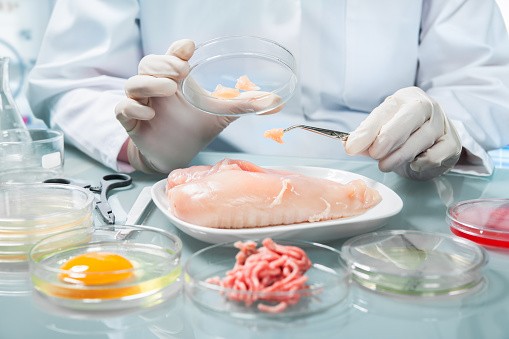
Scientists boasted the largest model of the Milky Way to date. 3D map of space revealed up to 2 billion stars
From time to time, we inform you about some news related to Google Street View - that is, the technology that allows you to click on any point on the map and explore the surroundings in a 360-degree view. Although this is quite a demanding pastime, it is nothing compared to what scientists and astronomers have accomplished. They came up with a breakthrough in the form of the most diverse 3D model of the Milky Way ever available to mankind. Specifically, the credit goes to the Gaia observatory belonging to the European Space Agency, i.e. ESA, which managed to use the latest technologies to analyze and evaluate most of the space surrounding our galaxy.
It was this discovery that revealed a number that will very likely wipe your eyes. It turned out that the number of stars in the Milky Way is close to 2 billion. As for our nearest neighbors, i.e. a maximum of 326 light-years from the Sun, this number is around 300 thousand stars. It's quite fascinating to see how little we still know about the universe, and every new piece of information can greatly expand our horizons. At the same time, the scientists boasted of an interesting fact, namely that the number of data obtained is up to a hundred times higher than the knowledge obtained so far and the models created, which were last updated in 1991. In any case, astronomers are thus offered another interesting object to investigate.
It could be interest you
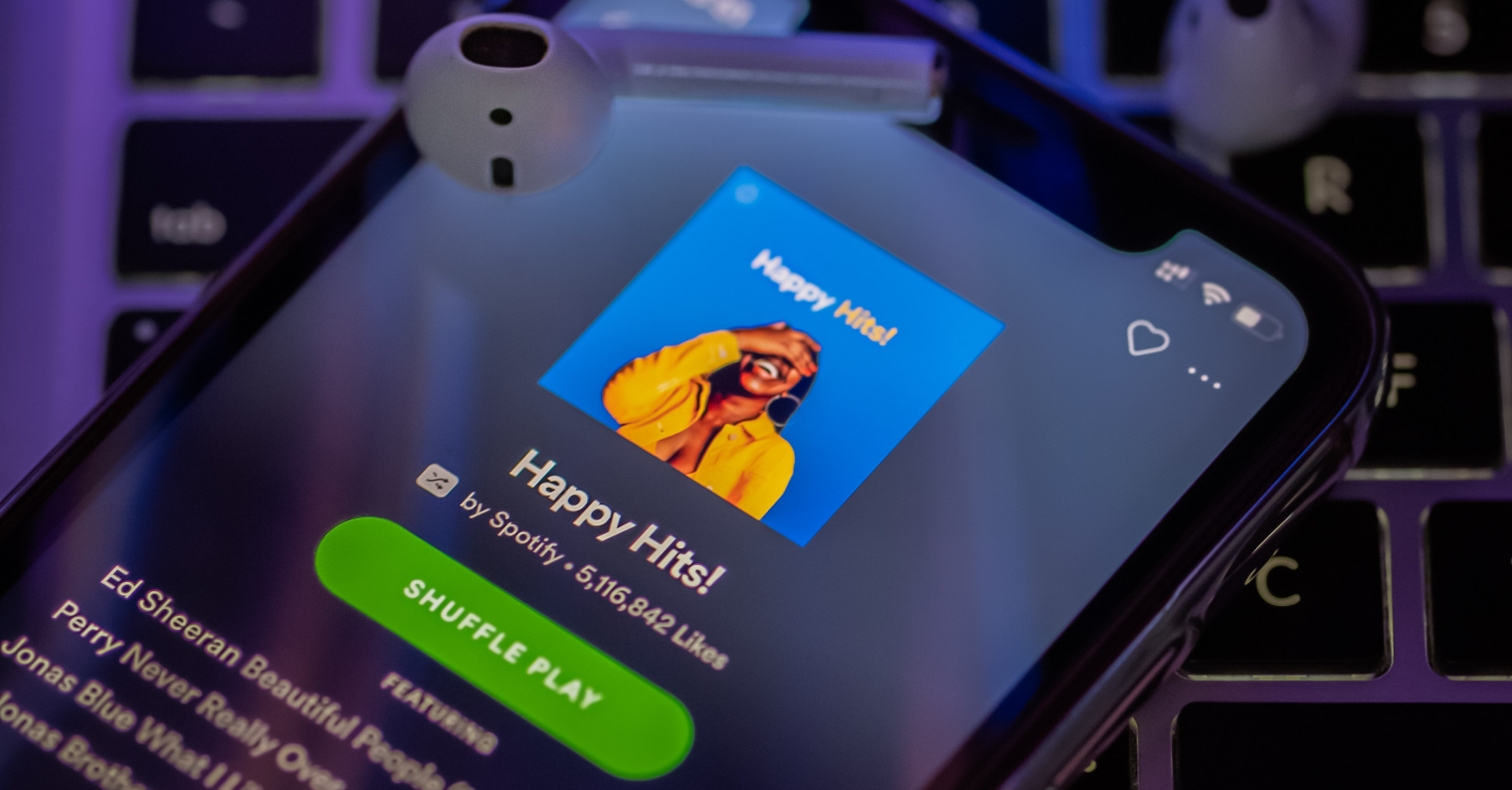
Lettuce grown by the first space garden? The first samples and varieties were bred on the ISS
When you imagine a typical day on the International Space Station, you probably wouldn't expect that some of the activities would be all about vegetables. However, the opposite is true because the universe does not populate itself and humanity is known to need nutrients to survive. The first "space gardener" could not think of anything other than trying to grow lettuce and radishes, which would then be sent back to Earth for thorough analysis. Not that its predecessors didn't try something similar, but this time this vegetable will probably write history. Thanks to its structure, it is almost indistinguishable from what we grow on our planet, which gives humanity hope to successfully solve how to feed astronauts in space.
The primacy goes to astronaut Kate Robins, who also oversees the special Plant Habitat-02 program, which aims to solve the eternal equation of how to provide astronauts with enough nutrients and food during long flights. After all, the trip to the moon and back doesn't take that long, but NASA is taking into account, for example, flights to Mars or even longer distances, where supplies might not be enough. In any case, the astronaut also boasted of an accelerated video that captures the growth in live transmission and at the same time reveals the special chamber that was used for this purpose. By the way, you can see the result of the first ever proper space salad below.
The Google Authenticator application has received another function. Want to export your account?
Two-factor authorization is a fairly standard norm these days. Every time you log in to a profile, you will receive an SMS, for example, or you will be biometrically verified that it is really you. For this purpose, Apple has a fairly large presence in its ecosystem, however, many users prefer to use an alternative in the form of the Google Authenticator application, which offers similar functionality. And as it turned out, it is apple devices that will receive another pleasant function within this application - namely, direct export of the account. Until now, when switching to a new iPhone, you had to go through a rather long and unpleasant process where you always had to start with a clean slate. Fortunately, that is changing now.
Exporting the account will make this whole process easier. Specifically, it will be enough to click on the item Export account, thanks to which a QR code will then pop up for you to scan with your other device. Google Authenticator will then automatically turn on and take over all the information. After that, all you have to do is verify your identity and you're done in a few seconds. In any case, this is a fairly useful feature that will save you an inordinate amount of time, frustration, and most of all, the tendency to drop your iPhone. There is also the icing on the cake in the form of Dark Mode, which is gradually finding its way into most applications and larger platforms. We'll see what Google comes up with next.
It could be interest you
